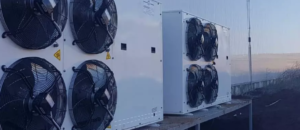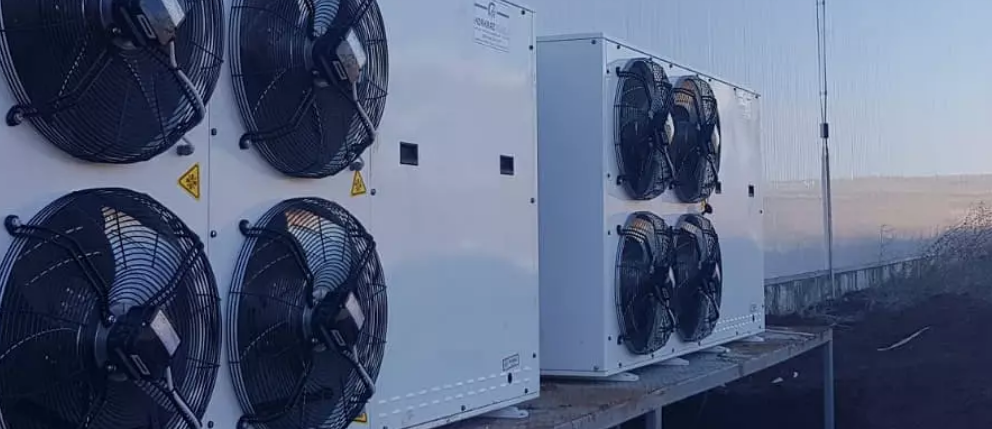Designing a Sustainable Cooling System for Hot Climates
Designing a cooling system suitable for hot climates requires a balance between efficiency, sustainability, and cost-effectiveness. Below is a comprehensive guide to building a sustainable cooling system.
Key Principles of Sustainable Cooling
- Energy Efficiency: Use systems that consume less energy while providing maximum cooling.
- Renewable Energy Integration: Incorporate solar panels or wind turbines to power the system.
- Thermal Insulation: Reduce heat gain by using proper insulation in buildings.
- Natural Cooling Techniques: Leverage shade, ventilation, and thermal mass.
Materials and Components
- Solar Panels: For powering electrical components.
- High-Efficiency Fans: For air circulation.
- Evaporative Cooling Pads: Made of materials like cellulose or aspen wood.
- Water Pump: To circulate water through cooling pads.
- Thermal Insulation: Materials like foam, reflective coatings, or double-glazed windows.
- Smart Thermostat: To regulate temperature automatically.
- Piping and Ductwork: For distributing cool air.
- Refrigerant-Free Options: Absorption chillers or thermoelectric coolers.
Step-by-Step Instructions
- Assess the Climate and Needs
- Determine the average temperatures, humidity levels, and building layout.
- Identify areas that require cooling and prioritize based on usage.
- Design the System
- Sketch a layout incorporating natural ventilation and shading.
- Decide on active cooling methods like evaporative cooling or absorption systems.
- Install Solar Power
- Set up solar panels to generate electricity for the cooling system.
- Use a battery bank for energy storage to ensure consistent operation.
- Implement Natural Cooling
- Add reflective roofs, shaded windows, and strategic landscaping.
- Use cross-ventilation to enhance airflow.
- Set Up Evaporative Cooling
- Install cooling pads in areas with good airflow.
- Connect a water pump to circulate water through the pads.
- Use fans to distribute the cool, moist air.
- Incorporate Smart Technology
- Install a thermostat or smart control system to optimize energy use.
- Monitor performance with IoT-enabled sensors.
- Test and Optimize
- Run the system under different conditions to measure efficiency.
- Adjust settings and components for maximum cooling and energy savings.
Additional Features for Enhanced Sustainability
- Rainwater Harvesting: Use harvested rainwater for the evaporative cooling system.
- Passive Cooling Techniques: Incorporate building materials with high thermal mass to store and release heat.
- Green Roofs and Walls: Add vegetation to reduce indoor temperatures naturally.
Safety and Maintenance Tips
- Regularly clean filters, fans, and ducts to maintain airflow and efficiency.
- Inspect solar panels and water pumps for wear and tear.
- Avoid using systems that rely on harmful refrigerants.
Conclusion
A sustainable cooling system not only reduces energy consumption but also enhances comfort in hot climates. By integrating renewable energy, smart design, and natural cooling techniques, you can create an eco-friendly solution that addresses the challenges of rising temperatures.

Also Read :
- Designing a Low-Cost, Energy-Efficient Solar Water Heater
- How to Build a Smart Garden in South Africa with the Latest Tech
- Top Tech Startups to Watch in South Africa in 2024
- The Role of Virtual Reality in Engineering Education and Training
- Tidal Turbines: Unleashing the Oceans for a Greener Tomorrow
